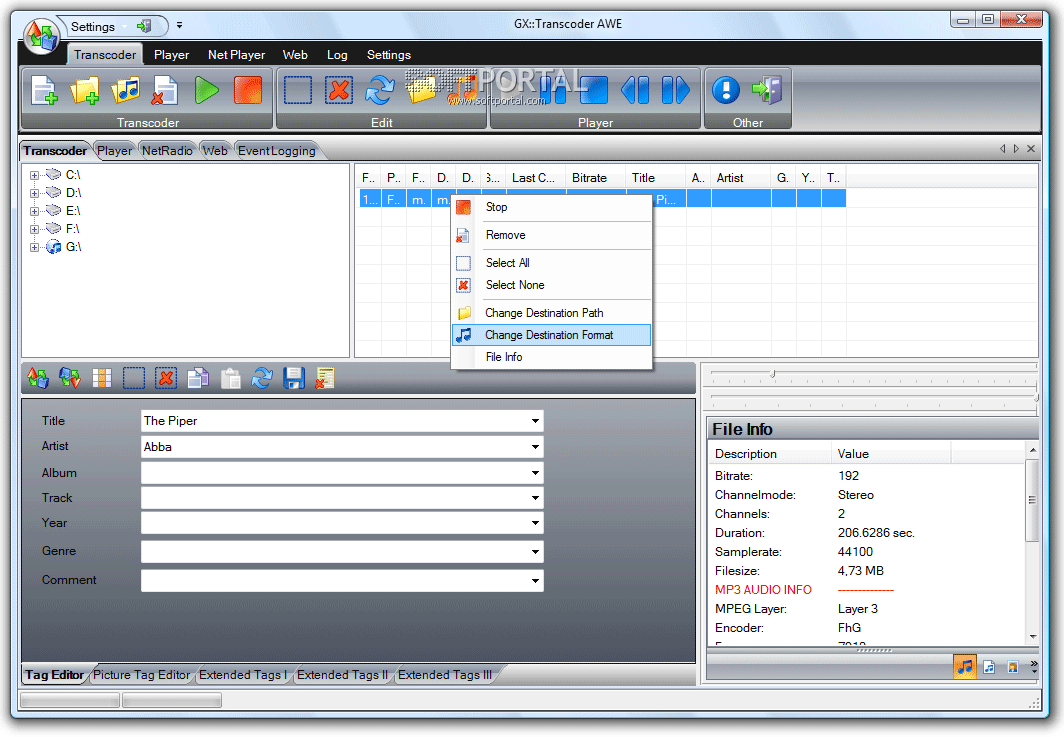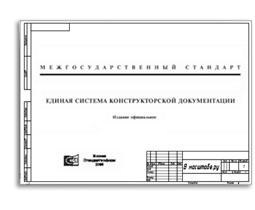

Start deutsch 1. Quickly find the Key and BPM to any of your songs online! Search our massive song key database for compatible tracks to produce the perfect mashup. Audio, and then re-encode the stream for delivery to desired playback devices. Server software and for the Transcoder), enter each license key on a separate.
Converting the sample rate within the same sample base is pretty straightforward. If we want to convert from 44.1 kHz to 88.2kHz then we just need to double the sample rate. Well, it is not really that easy because the algorithm needs to filter the signal, after it has been stuffed with zeros, to reject images within the spectrum. It becomes even more complex if we want to change the sample base from 96kHz to 44.1kHz. To do it in the right way we have to up-sample by a factor of 147 and afterwards we must apply a down-sampling by 320 (96kHz x 147/320 = 44.1 kHz). Such a processing involves different up- and down-sampling steps with several low pass filters involved. XiSRC uses a 64Bit high precision audio engine to make sure that the numerical rounding errors, introduced during thousand of multiplications within the filters, are well below the signal level.
The noise floor of a 64Bit number is at around -384dB that is far below the -192dB quantization noise of a 32Bit audio signal. But now comes the next challenge. We must change the bit rate from 64Bit to 32, 24 or 16Bit. If we just truncate the excessive bits then we get something called quantization noise. This is really ugly because of the none-linear and signal correlated nature of quantization noise it creates harmonic distortions audible during faint parts of the music. Luckily there is a mathematical trick to decorrelate the noise from the signal by just adding further noise to it before it gets truncated.

That method is called “Dithering”. There are different kinds of Dithering, but we decided to implement “Flat Dithering” and “Noise Shaping”. Noise shaping is a feedback process where the small errors between the original and the truncated signal are fed back into the process to shape the quantization noise in a way that it decreases for important frequencies but increases for less audible frequencies (e.g. Above 10kHz at a 44.1kHz sample rate).
We implemented an internal test signal generator to allow the verification of the XiSRC Sample Rate Converter at any time. A right mouse click within the list opens a context menu.  Selecting „Create Test-Signal“ opens a GUI where it is possible to choose between a sinus and sinus sweep.
Selecting „Create Test-Signal“ opens a GUI where it is possible to choose between a sinus and sinus sweep.
After setting all parameters (Sample Rate, Amplitude, Test-Signal Frequency and Target File Name) the test signal appears in the list, similar to any other audio file loaded. Finally, it is possible to convert the test signal into any sample rate or bit depth for further investigations with software like the to verify the XiSRC performance.
- Author: admin
- Category: Category